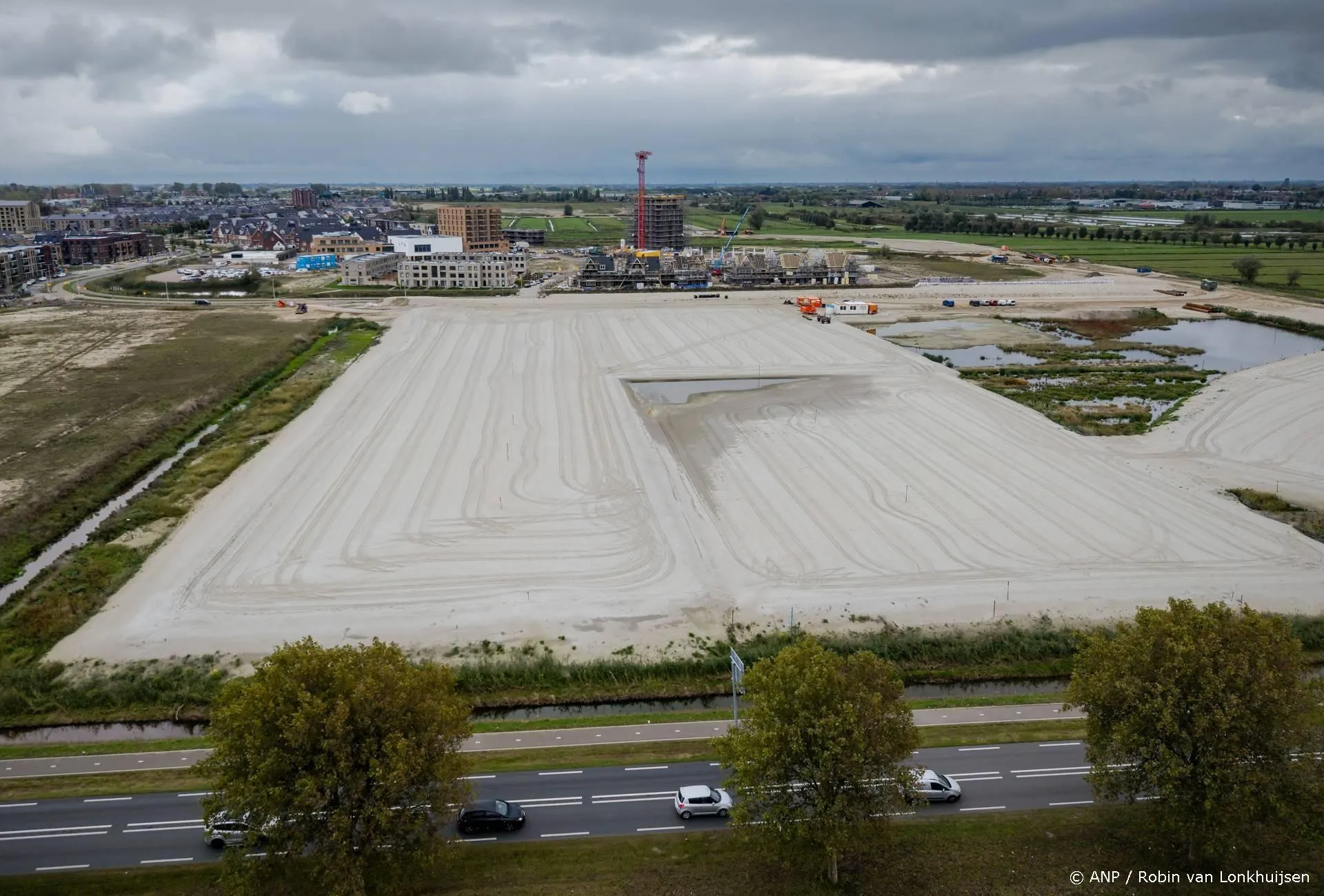Record ijs in Bering Zee
Een van de favoriete nummers op het klimaatalarmistische repertoire is de afname van het drijfijs op de Noordpool. Protagonisten van de menselijke broeikashypothese (AGW = Anthropogenic Global Warming) vergelijken dat met de spreekwoordelijke kanarie in de kolenmijn, die waarschuwt voor de aanwezigheid van giftige gassen. Zo zou de vermindering van het oppervlakte drijfijs op de Noordpool wijzen op opwarming van de aarde. En die zou dan weer voor een belangrijk deel worden veroorzaakt door de menselijke uitstoot van CO2. Vraag me niet naar de logica van die redenering - eens te meer niet daar de aarde al zo'n 10 - 15 jaar niet opwarmt - want daarop moet ik het antwoord schuldig blijven.
Een aantal jaren geleden is het drijfijs op de Noordpool inderdaad wat afgenomen. Het jaar 2007 vormde het dieptepunt. Maar de laatste tijd groeit het weer aan. In de Bering Zee worden thans records geboekt. De kanarie zingt weer uit volle borst.
Onder de titel, 'Amount of ice in Bering Sea reaches all-time record, schrijft Lewis Page:
The amount of floating ice in the Arctic's Bering Sea - which had long been expected to retreat disastrously by climate-Cassandra organisations such as Greenpeace - reached all-time record high levels last month, according to US researchers monitoring the area using satellites.
The US National Snow and Ice Data Center announced last week that ice extent in the Bering for the month of March has now been collated and compared, and is the highest seen since records began. The NSIDC boffins said in a statement:
As winds from the north pushed Arctic ice southward through the Bering Strait, the ice locked together and formed a structurally continuous band known as an ice arch, which acts a bit like a keystone arch in a building. The ice arch temporarily held back the ice behind it, but as the winds continued, the arch failed along its southern edge, and ice cascaded south through the strait into the Bering Sea. Sea ice also piled up on the northern coast of St Lawrence Island, streaming southward on either side of it.
This contrasts sharply with the grim future for the Bering predicted by Greenpeace. Thirteen years ago in 1999, the hippies had this to say:
The first regions to be affected will be ice-dependent seas near but outside the Arctic Ocean proper, including the Bering Sea ... These areas are currently covered in seasonal winter ice, which could vanish altogether with continued warming.
Which now looks alarmist to say the least.
The NSIDC boffins add, however that overall the Arctic ice - while up on recent years - is below the average seen since records began in 1979. In fact, according to the Cryosphere Today website run by the Polar Research group at Illinois uni, it's down by 443,000 square km. However the sea ice around the Antarctic coasts is above average by 452,000 km2, so overall the planet's sea ice is at the moment slightly above average in extent - and in the Bering Sea, the walruses, seals and polar bears can quite literally chill out in comfort.
Lees verder hier.
Alweer een klimaatsprookje minder. Het begint eentonig te worden.
Voor mijn eerdere DDS-bijdragen, zie:
Ga verder met lezen
Dit vind je misschien ook leuk
Laat mensen jouw mening weten
Lees ook
Loading


